Does A Trail Camera Flash At Night?
Trail cameras, also known as game cameras, are essential tools for wildlife enthusiasts, hunters, and researchers. They allow users to monitor wildlife activity without human presence, capturing images and videos of animals in their natural habitats. One common question that arises among users is whether trail cameras flash at night. This article will delve into the different types of trail cameras, their night-time functionalities, and the implications of using flash at night.
Understanding Trail Cameras
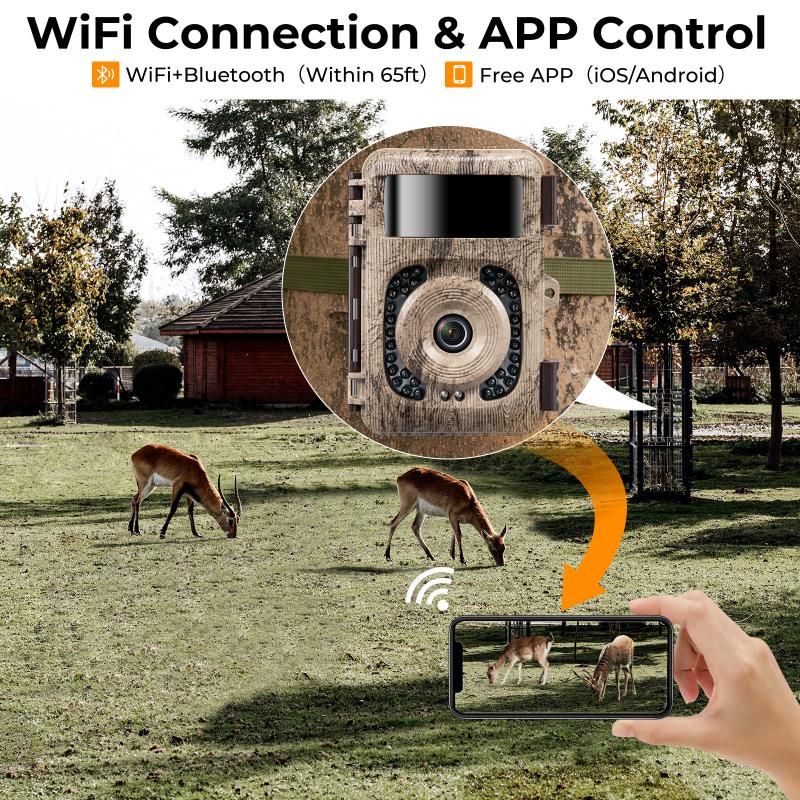
Trail cameras are designed to be left outdoors for extended periods, capturing images or videos when motion is detected. They are equipped with sensors that trigger the camera when an animal passes by. These cameras are typically used for wildlife monitoring, hunting, and security purposes.
Types of Trail Cameras
There are three main types of trail cameras based on their night-time illumination technology:
1. White Flash Cameras: These cameras use a traditional white flash, similar to a standard camera flash, to illuminate the scene at night.
2. Infrared (IR) Flash Cameras: These cameras use infrared light to illuminate the scene. The IR flash is invisible to the naked eye but can be detected by the camera sensor.
3. No-Glow (Black Flash) Cameras: These cameras use a type of infrared light that is completely invisible to both humans and animals. They are also known as blackout or covert cameras.
Do Trail Cameras Flash at Night?
The answer to whether trail cameras flash at night depends on the type of camera being used.
White Flash Cameras
White flash cameras do indeed flash at night. When the camera detects motion, it emits a bright white light to illuminate the scene and capture a clear image. This type of flash can produce high-quality, color images even in complete darkness. However, the bright flash can startle animals, potentially altering their behavior or causing them to avoid the area in the future. Additionally, the flash can be easily noticed by humans, which may not be ideal for security purposes.
Infrared (IR) Flash Cameras
Infrared flash cameras use IR LEDs to illuminate the scene. The infrared light is not visible to the naked eye, but it allows the camera to capture clear images in black and white. When the camera is triggered at night, there is no visible flash, but the IR LEDs will emit a faint red glow. This type of camera is less likely to startle animals compared to white flash cameras, making it a popular choice for wildlife monitoring. However, the faint red glow can still be detected by some animals and humans.
No-Glow (Black Flash) Cameras
No-glow cameras use a type of infrared light that is completely invisible to both humans and animals. When these cameras are triggered at night, there is no visible flash or glow. This makes them ideal for situations where it is crucial not to disturb wildlife or reveal the camera's location. The images captured by no-glow cameras are typically in black and white and may not be as high-quality as those taken with white flash cameras, but they are sufficient for most monitoring purposes.
Implications of Using Flash at Night
The choice of trail camera and its flash technology can have significant implications for wildlife monitoring, hunting, and security.
Wildlife Monitoring
For wildlife enthusiasts and researchers, minimizing disturbance to animals is a priority. Infrared and no-glow cameras are generally preferred because they are less likely to alter animal behavior. White flash cameras, while providing high-quality images, can startle animals and cause them to avoid the area, potentially skewing monitoring results.
Hunting
Hunters often use trail cameras to scout game and monitor animal movements. Infrared and no-glow cameras are advantageous because they do not spook animals, allowing for more accurate tracking of game patterns. White flash cameras, on the other hand, might alert animals to the presence of the camera, making them more cautious and harder to track.
Security
For security purposes, the choice of camera depends on the specific needs. White flash cameras can act as a deterrent by startling intruders and capturing clear, color images. However, they also reveal the camera's location. Infrared and no-glow cameras are more covert, capturing images without drawing attention, which can be beneficial for discreet surveillance.
Choosing the Right Trail Camera
When selecting a trail camera, consider the following factors:
1. Purpose: Determine whether the primary use is for wildlife monitoring, hunting, or security. This will influence the type of flash technology that is most suitable.
2. Image Quality: White flash cameras provide the best image quality, but if minimizing disturbance is a priority, infrared or no-glow cameras may be more appropriate.
3. Battery Life: Infrared and no-glow cameras typically have better battery life compared to white flash cameras, as they use less power for illumination.
4. Budget: No-glow cameras tend to be more expensive than infrared and white flash cameras. Consider your budget and weigh the benefits of each type.
Trail cameras are invaluable tools for capturing wildlife activity, monitoring game, and enhancing security. The type of flash technology used by the camera plays a crucial role in its effectiveness and impact on the environment. White flash cameras provide high-quality images but can startle animals and reveal the camera's location. Infrared cameras offer a balance between image quality and minimal disturbance, while no-glow cameras provide the most discreet monitoring option.
By understanding the different types of trail cameras and their night-time functionalities, users can make informed decisions that best suit their needs and objectives. Whether for wildlife research, hunting, or security, choosing the right trail camera can significantly enhance the effectiveness of monitoring efforts while minimizing the impact on the environment.



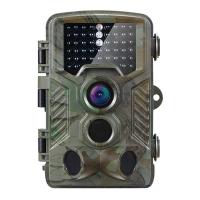
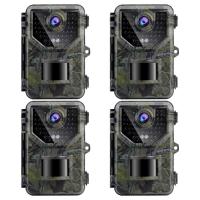
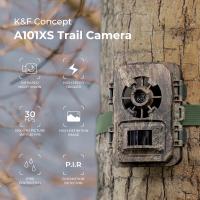
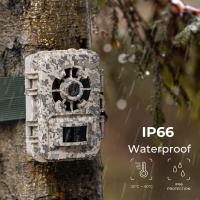




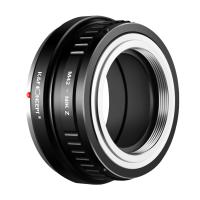
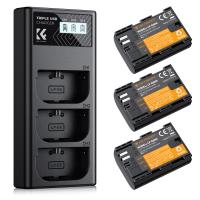


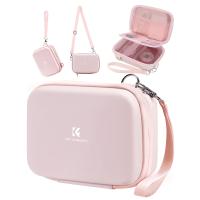


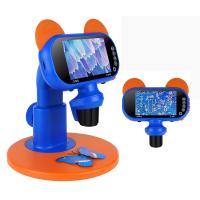
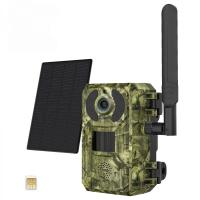
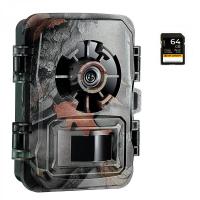


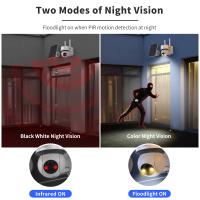

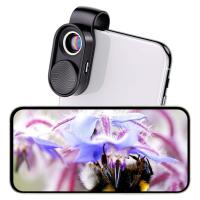
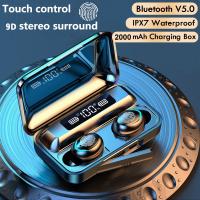


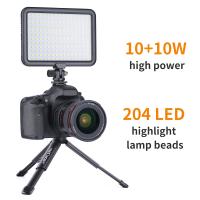
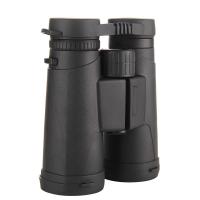
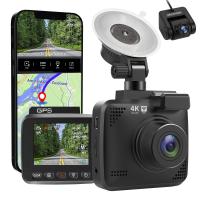
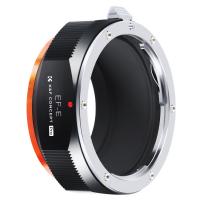
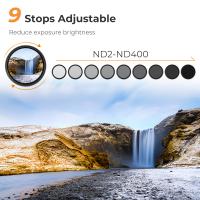
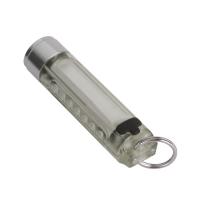
There are no comments for this blog.